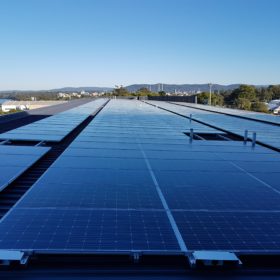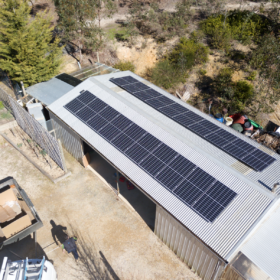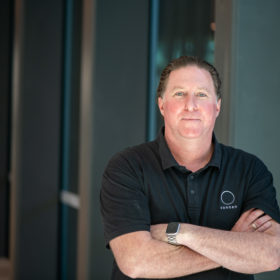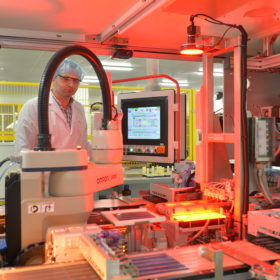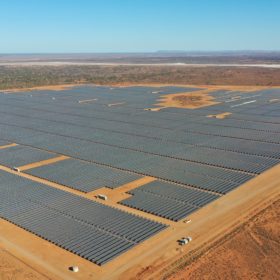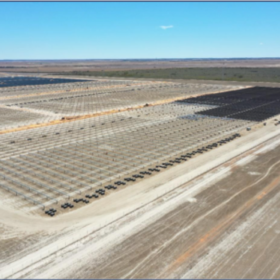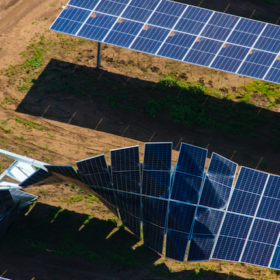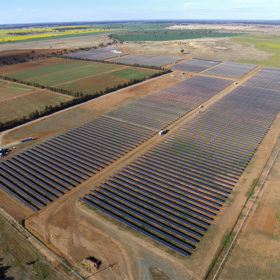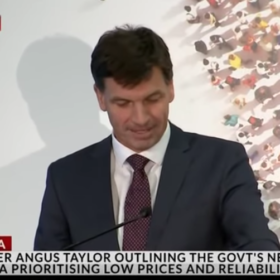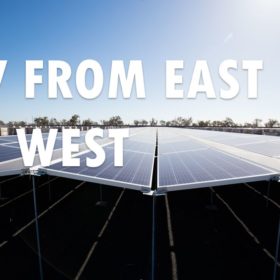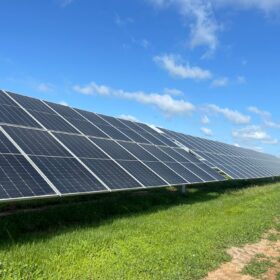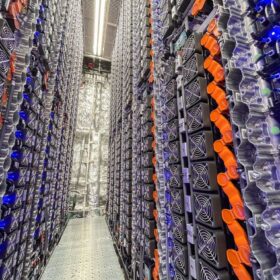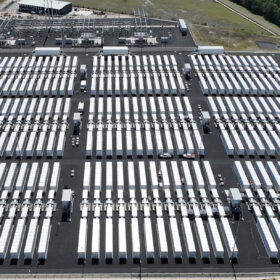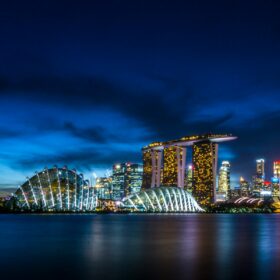Rooftop solar surges to record highs before lockdown
Analysis from Green Energy Markets shows the Australian rooftop PV market in robust health during the first three months of 2020. According to STC data, more than 30,000 rooftop installations were registered in the month, for a total of close to 250 MW of capacity. And then came Covid-19.
CEC: ‘Unlikely and difficult’ new solar installs classified as ‘essential’
With the Australian solar industry fast heading towards a significant downturn, the Clean Energy Council has reported that it will be “unlikely and difficult” for new rooftop solar installations to be classified as an essential service if restrictions are tightened. Despite the apparent gloom, industry experts advise that there are opportunities as householders look to invest in their homes during the Covid-19 crisis.
Interview: sonnen Australia goes local
German residential battery supplier sonnen has wasted no time in getting deeply involved in all aspects of the Australian solar market – from VPP programs, rolling out its “flat” electricity pricing scheme, to providing batteries for bushfire impacted homes. But its setting up battery assembly at a defunct Holden factory in South Australia and achieving Australian Made status truly sets it apart, says sonnen Australia’s CEO Nathan Dunn.
AE Solar enters Australian market, introducing new module features
German-headquartered module manufacturer AE Solar is looking to enter the Australian market in 2020. It has begun accrediting its module range with the Clean Energy Council and believes its Supreme module series, which are shade and hot spot resistant, will attract installers.
Long read: Nothing simple about GPS
Changing rules mean that many utility-scale PV projects in Australia are facing long delays in achieving full generation – known as “obtaining GPS.” The consequences can be costly.
Greenough River stage two back on schedule
The second stage of the Greenough River Solar Farm is set for completion in the second quarter of 2020. Its developer has reported that module installation is well underway at the site.
Long read: What broke at Oakey
With its high wholesale power prices, attractiveness to capital, wide open spaces and abundant sunshine, there is every reason to believe Australia is a PV project developer’s nirvana. However, as the wreckage at the 55 MW Oakey 2 site in Queensland reveals, challenges under the Australian sun should not be taken lightly.
Yates Electrical deploys dispatch control tech to respond to price signals
Yates Electrical Services, through its newly-formed retail arm YES Energy, is using automatic dispatching technology on its 40 MW solar fleet to avoid export during periods of negative prices. German monitoring provider Meteocontrol has introduced its new Remote Power Control feature to Australia, with YES Energy reporting that it has allowed it to “seamlessly” curtail production when required.
Screws turn on Taylor: the government’s “most incompetent minister”
In a scandal that has Energy Minister Angus Taylor on the ropes and looking like a Labor Party punching bag to anyone with access to common sense and basic arithmetic, the NSW Police have launched an investigation into allegations a City of Sydney document was altered by Taylor’s office and supplied to News Corp.
Part 5: WA experiences rooftop disruption beyond the NEM, ACT shines
In late September, Western Australia’s government-owned electric utility registered an approximate AUD 657 million ($442.8 million) loss – much of it attributed to asset and contract writedowns. However, the utility was quick to blame rooftop PV for eating into its revenues, while fixed costs remained unchanged or increased. Revenues for the utility were down 4.7% for the year, to AUD 2.8 billion.

